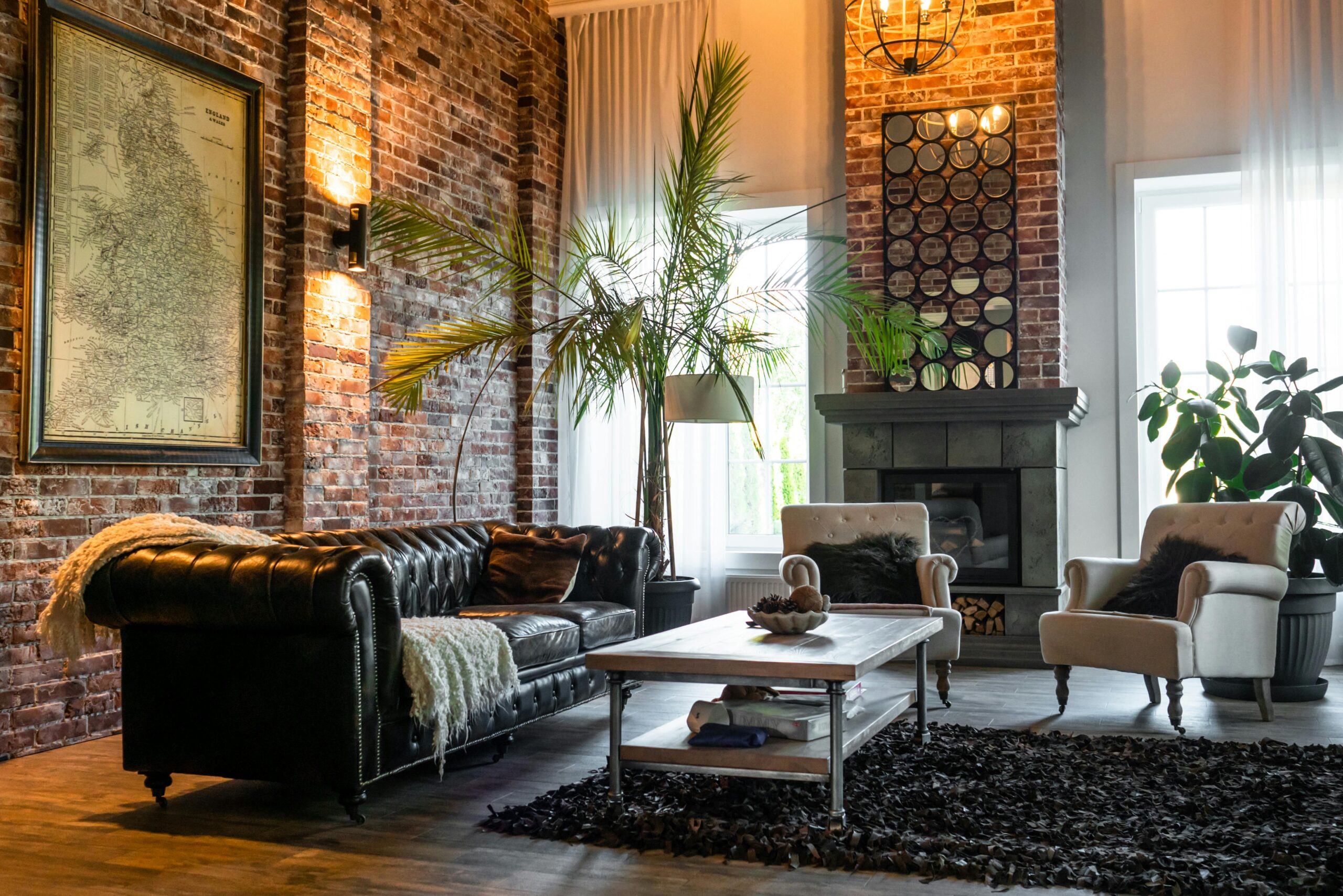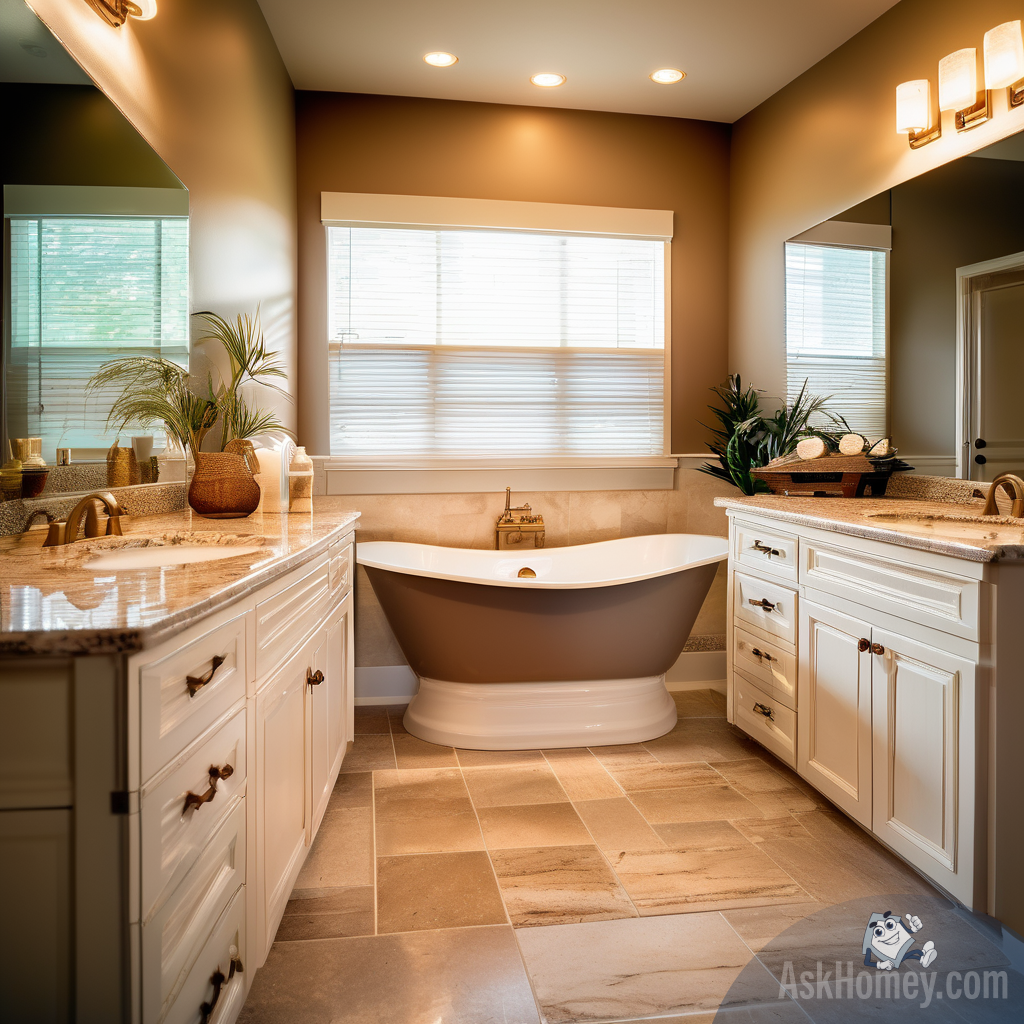In recent years, a fascinating design movement has emerged that marries the comfort of grandma’s house with millennial sensibilities. The grandmillennial style decor, also known as “granny chic,” celebrates traditional elements while infusing them with contemporary energy. This aesthetic represents a reaction to the minimalist and mid-century modern trends that have dominated interior design for the past decade. For those yearning for spaces with more personality, history, and maximalist appeal, the new traditional interior design approach offers a refreshing alternative that feels both nostalgic and surprisingly current.
What Defines Grandmillennial Style?
At its core, grandmillennial style embraces the design elements that previous generations cherished but reinterprets them for today’s homes. Think of it as traditionalism with a twist—a deliberate, edited approach to classic decor that doesn’t feel stuffy or outdated. The style celebrates pattern mixing, particularly floral patterns home decor that might have been considered too fussy just a few years ago. You’ll find chintz, botanical prints, and toile making a strong comeback, but often paired with more streamlined furniture or contemporary art that prevents spaces from feeling like time capsules.
Texture plays a crucial role in this aesthetic as well. Ruffles, pleats, fringe, and needlepoint all contribute to the layered, collected feel that grandmillennial interiors exude. Unlike the stark, clean-lined approach of minimalism, this style celebrates the handcrafted, the ornate, and the tactile qualities that make a house feel like a home. The result is spaces that feel lived-in and personal rather than showroom-perfect.
Antique Furniture: The Backbone of Grandmillennial Spaces
Successful antique furniture styling represents one of the most distinguishing characteristics of grandmillennial interiors. Rather than rooms filled exclusively with new, mass-produced pieces, this approach treasures heritage items with history and patina. Brown wood furniture—long shunned during the gray-and-white era of design—makes a triumphant return in the form of well-loved dining tables, china cabinets, and secretary desks.
What makes this revival distinctly grandmillennial is how these pieces are incorporated. A Victorian settee might be reupholstered in an unexpected contemporary fabric. A traditional mahogany sideboard might display modern ceramics alongside vintage silver. The key is balance—honoring the craftsmanship of older pieces while ensuring they don’t create a space that feels like a museum. Some designers on AskHomey specialize in sourcing these perfect heritage pieces that can be seamlessly integrated into modern homes.
Color and Pattern: Embracing Maximalism
While minimalism favors neutrals and restraint, grandmillennial style celebrates color and pattern with enthusiasm. Blending classic modern decor approaches often means walls adorned with traditional wallpapers—chinoiserie, trellis patterns, or botanical motifs—that create rich backdrops for furniture and art. Color palettes tend toward saturated jewel tones, cheerful pastels, or classic combinations like blue and white.
Pattern mixing is another hallmark of this aesthetic. A room might feature floral draperies, striped upholstery, and a geometric rug—combinations that seem unlikely on paper but work beautifully when executed with a confident eye. This layering creates spaces with depth and visual interest that reveal themselves gradually rather than all at once. The trick lies in maintaining some common elements—complementary colors, similar scale, or consistent undertones—that unify these diverse patterns.
Creating Balance: The Modern Elements
What distinguishes true grandmillennial style from simply recreating your grandmother’s living room is the crucial incorporation of modern elements. New traditional interior design requires thoughtful editing and contemporary touches to feel fresh rather than dated. This might mean pairing a classic wingback chair with a sleek brass floor lamp, or hanging abstract art above a traditional console table.
Lighting choices often serve as perfect opportunities to introduce modern elements into traditional settings. Contemporary chandeliers or statement pendants can instantly update a dining room filled with antiques. Similarly, current textile trends in pillows or throws can refresh a traditional sofa without requiring a complete overhaul.
Personalizing Your Grandmillennial Space
The most successful grandmillennial interiors reflect personal history and interests rather than following strict formulas. These spaces typically include collections displayed with pride—whether vintage teacups, antique silver, or blue-and-white porcelain. Books feature prominently, often stacked on coffee tables or filling built-in shelves, contributing to the sense that the space belongs to someone curious and engaged with the world.
Family heirlooms take center stage rather than being relegated to storage, with cherished pieces given new life through thoughtful placement. This approach to decorating creates homes that tell stories, that feel authentic rather than trendy, and that will likely age gracefully as design trends continue to evolve around them.
For more tips and to connect with reliable home service professionals, follow AskHomey on Facebook and Instagram.



